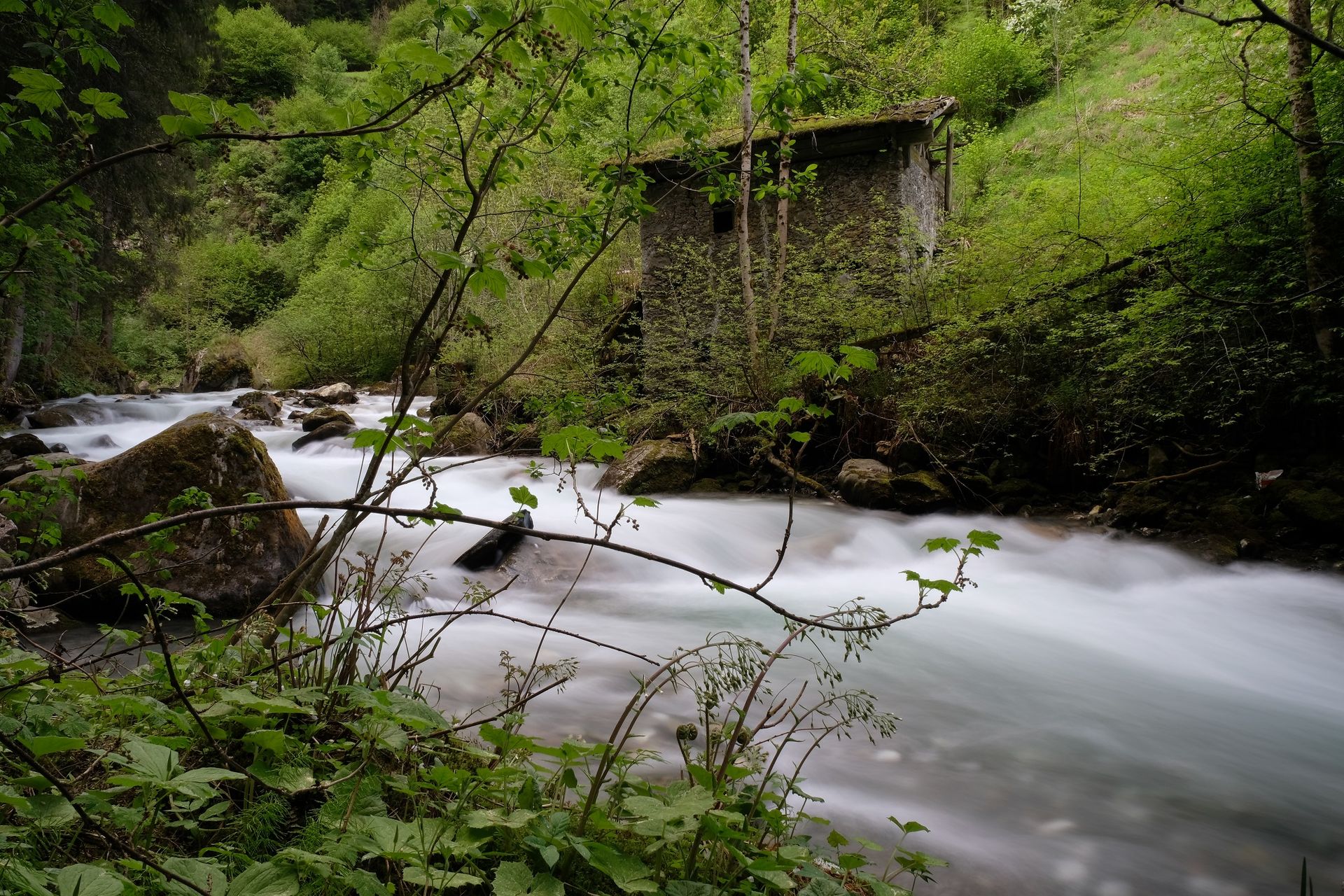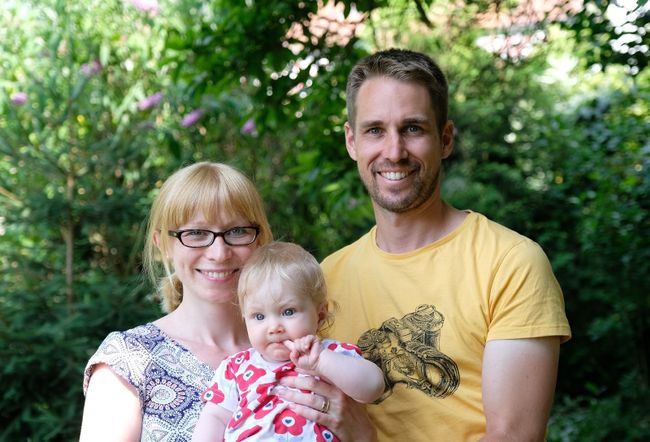Happy New Year 2562
منتشر شده: 24.04.2019
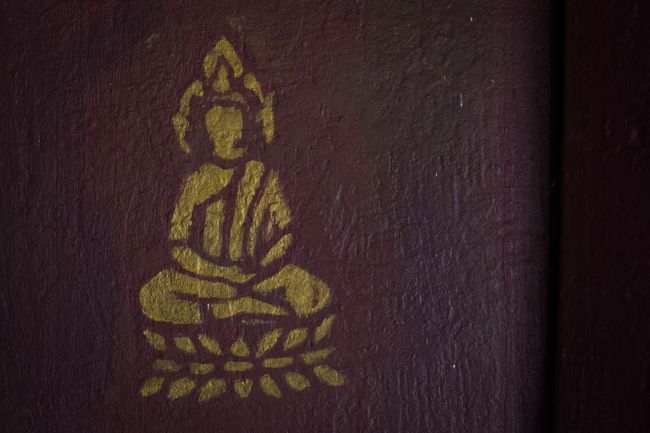
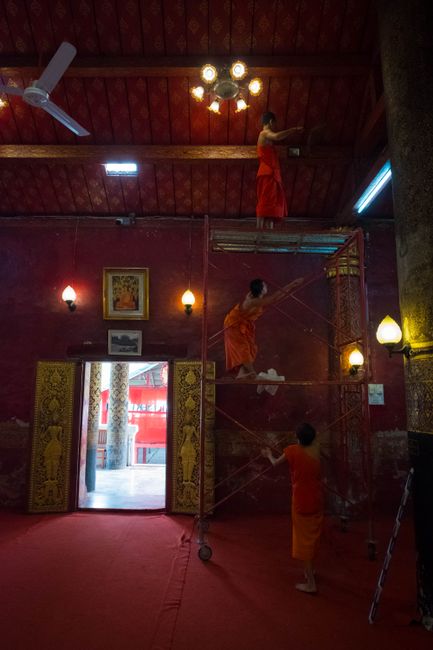
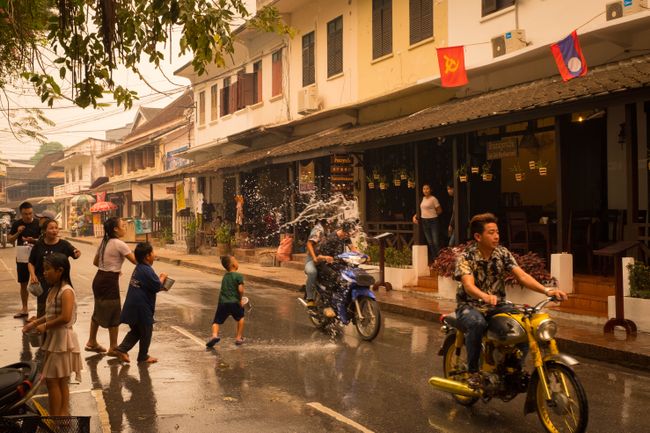
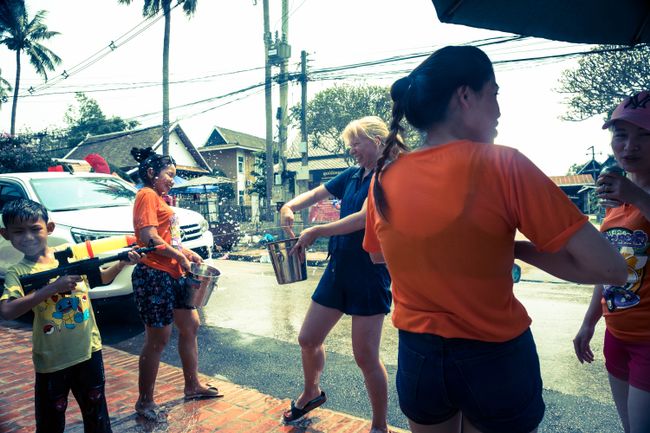
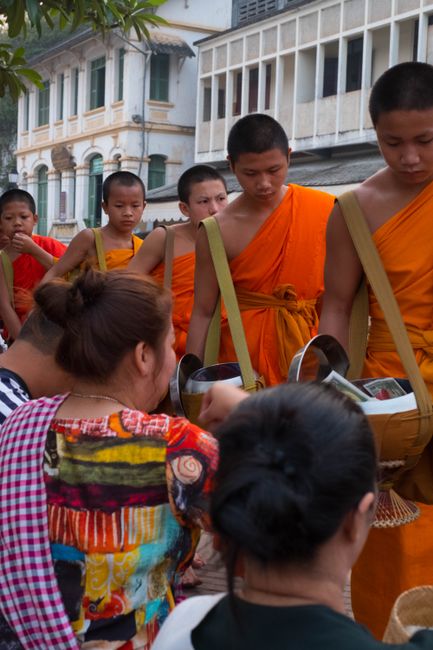
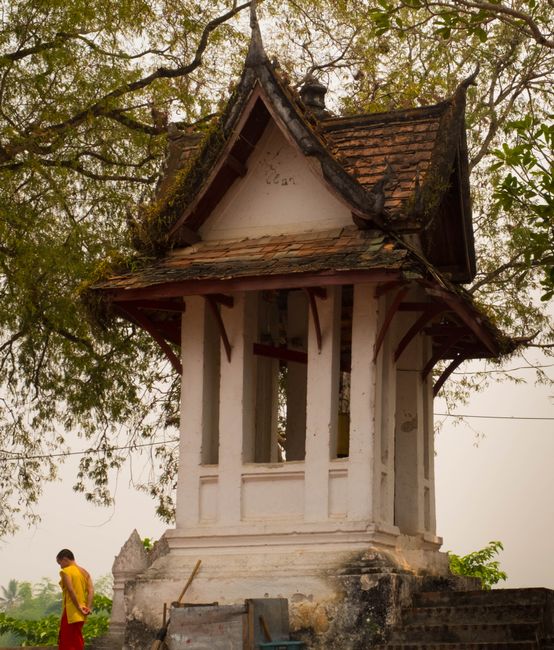
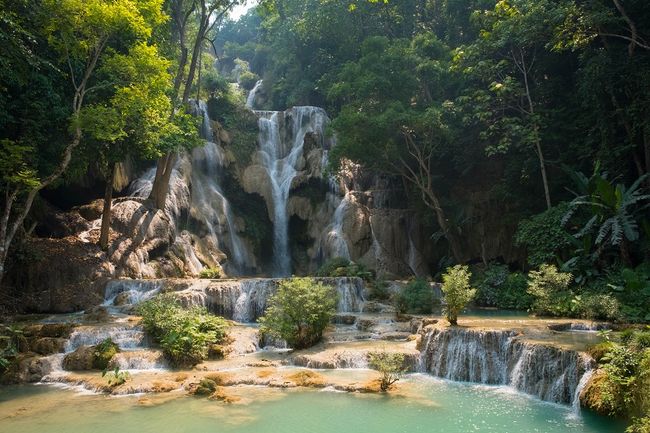
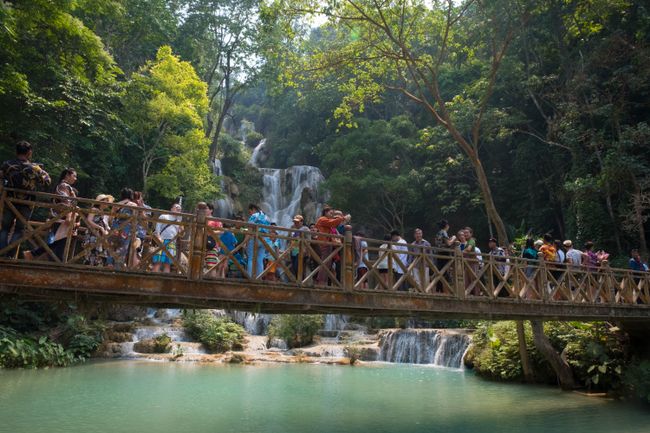
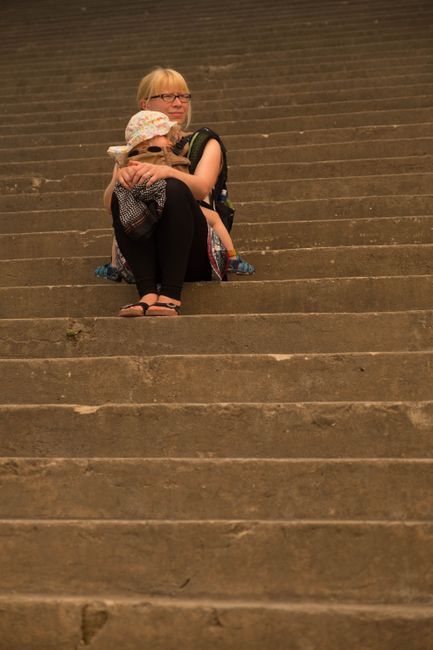
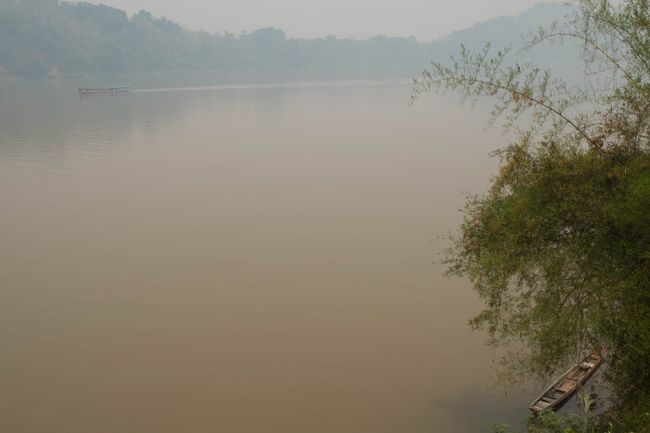
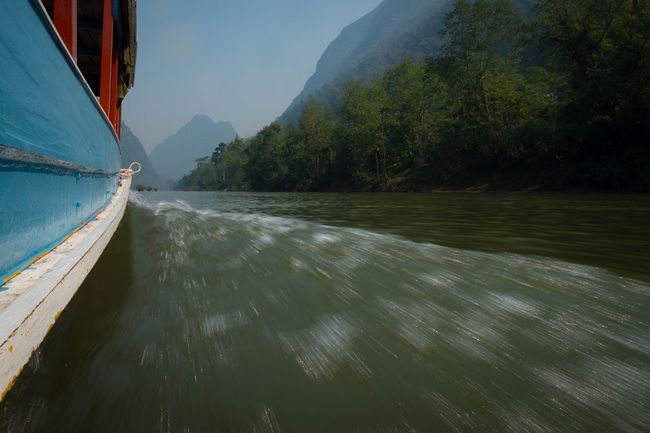
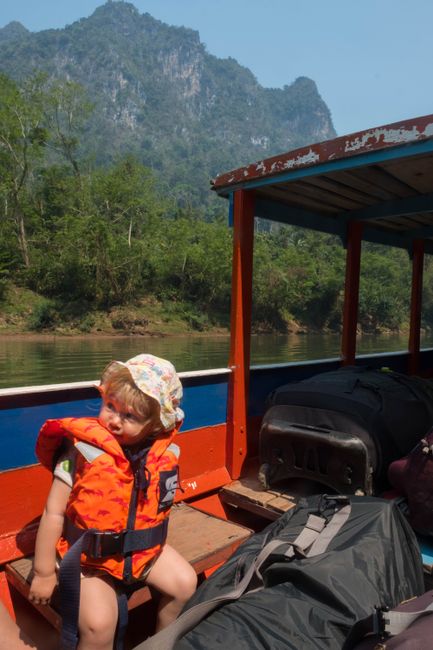
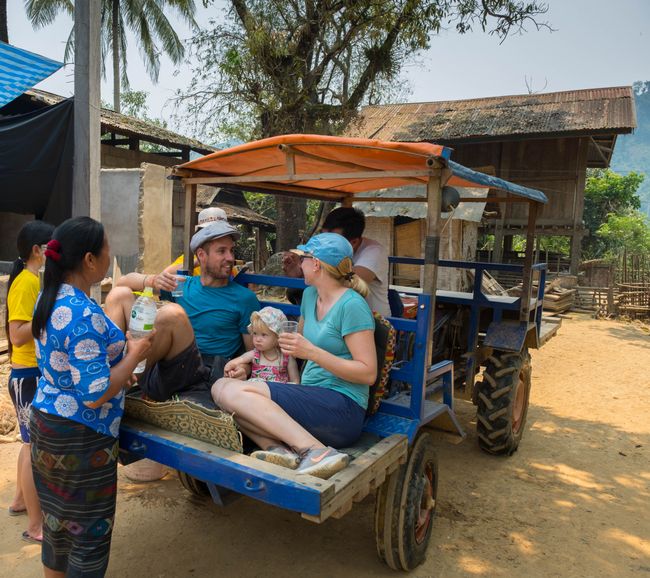

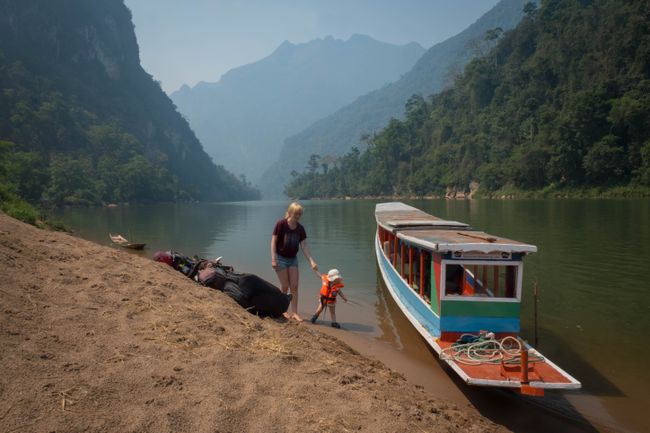
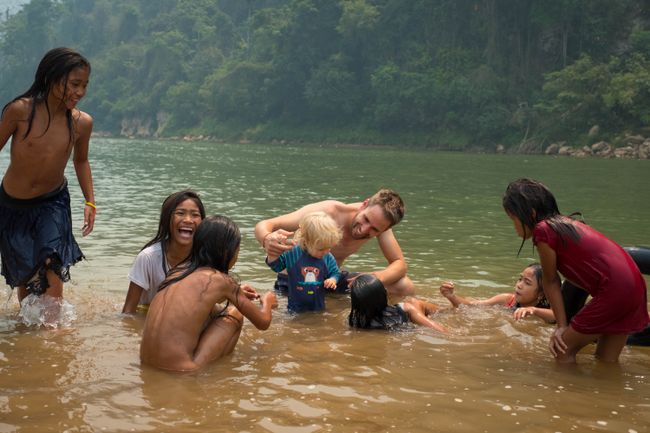
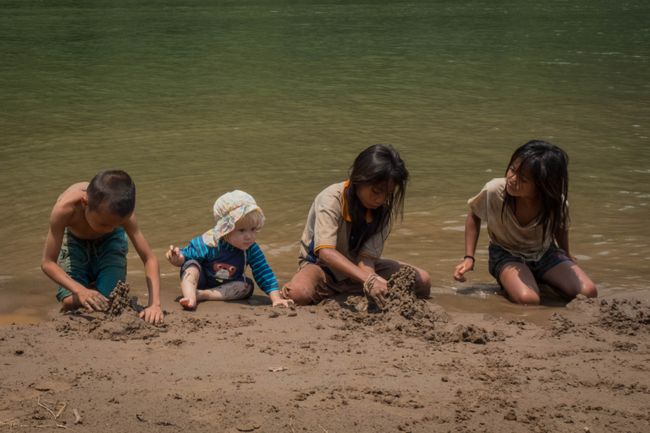
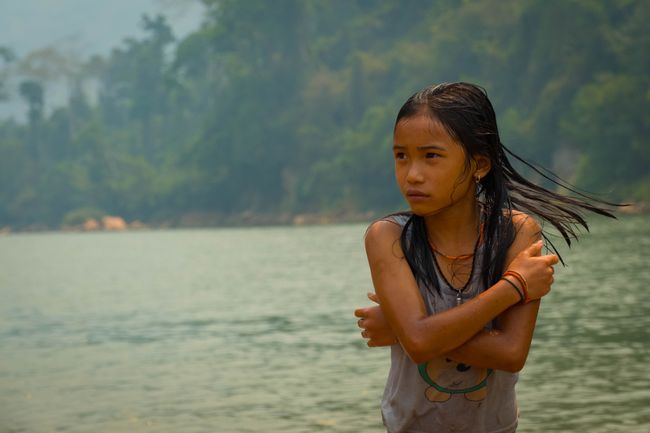
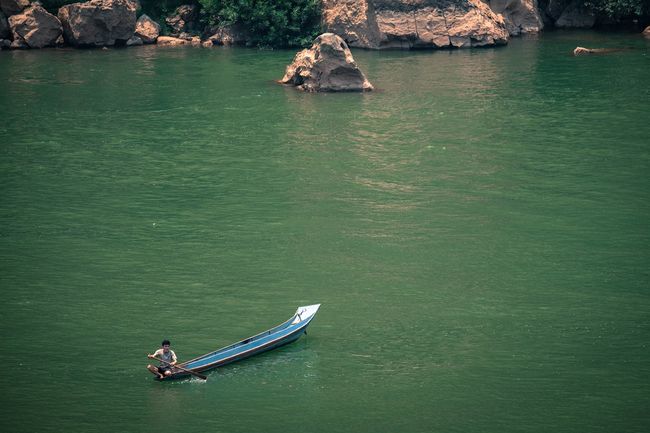
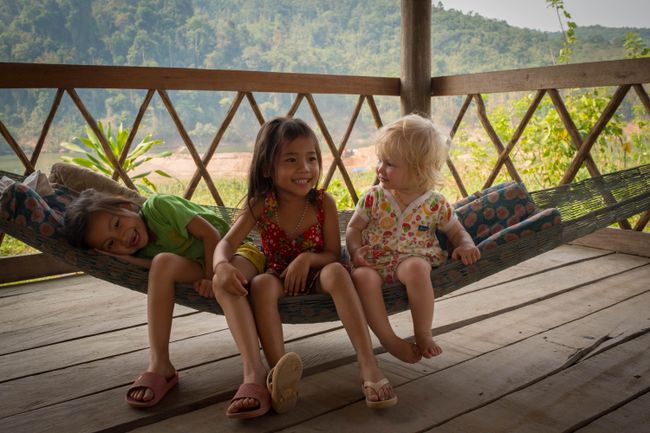
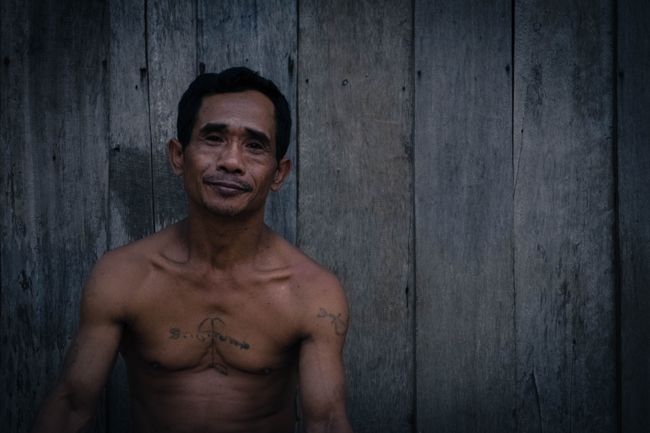
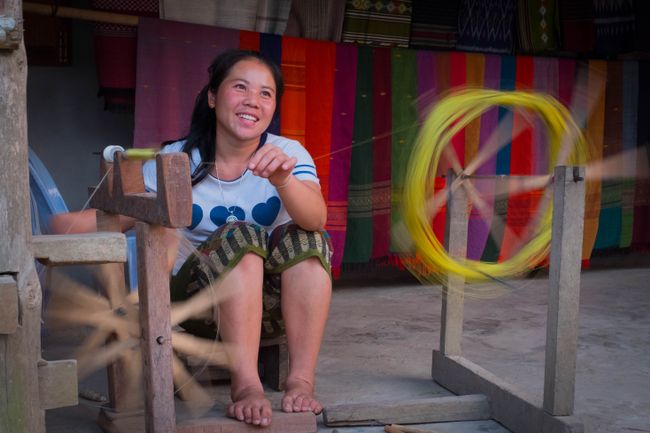
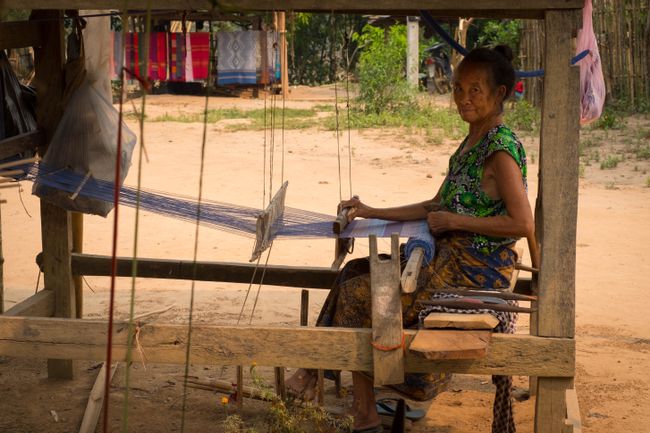
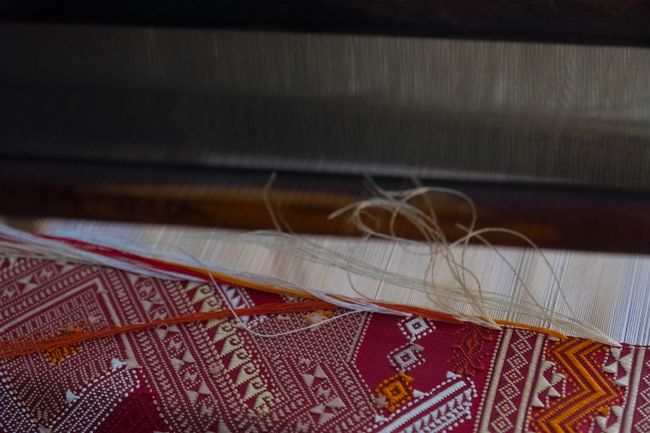
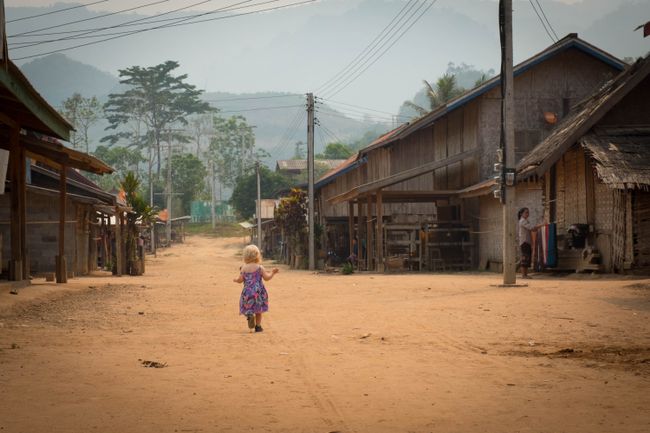
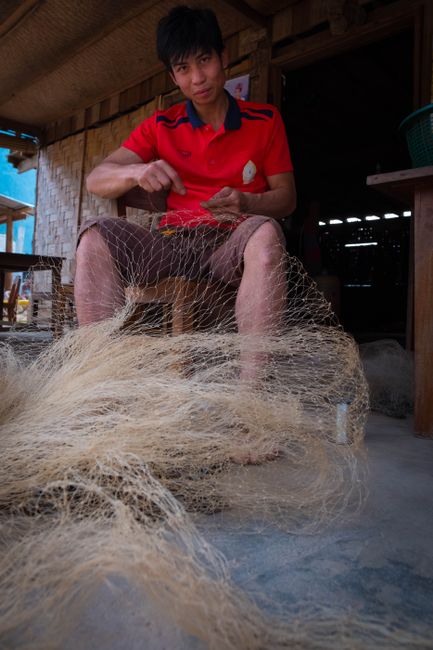
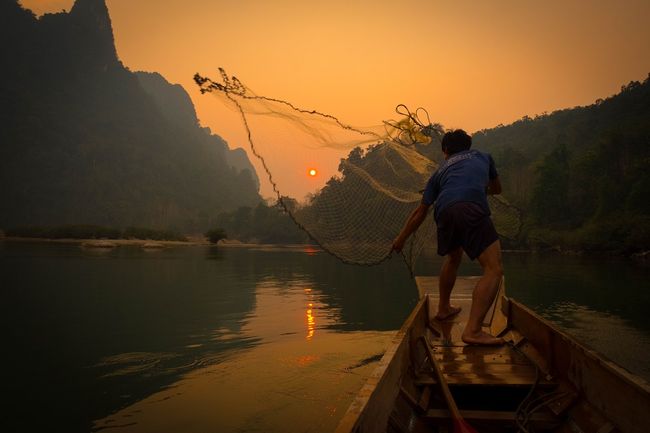
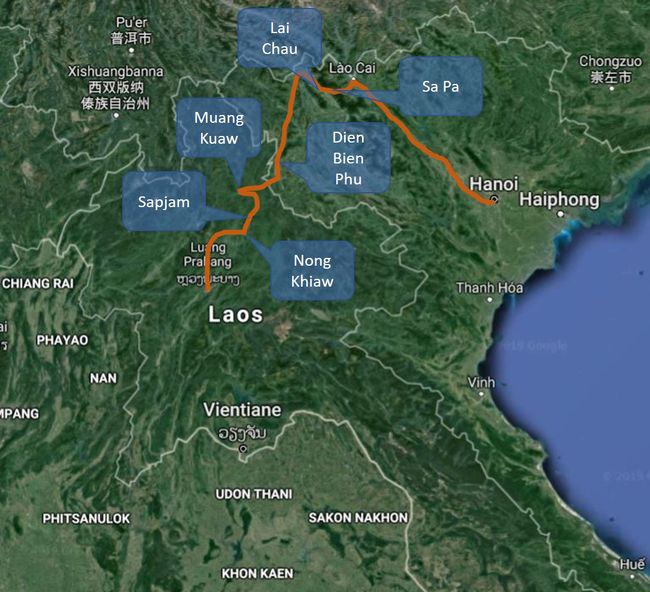
مشترک شدن در خبرنامه
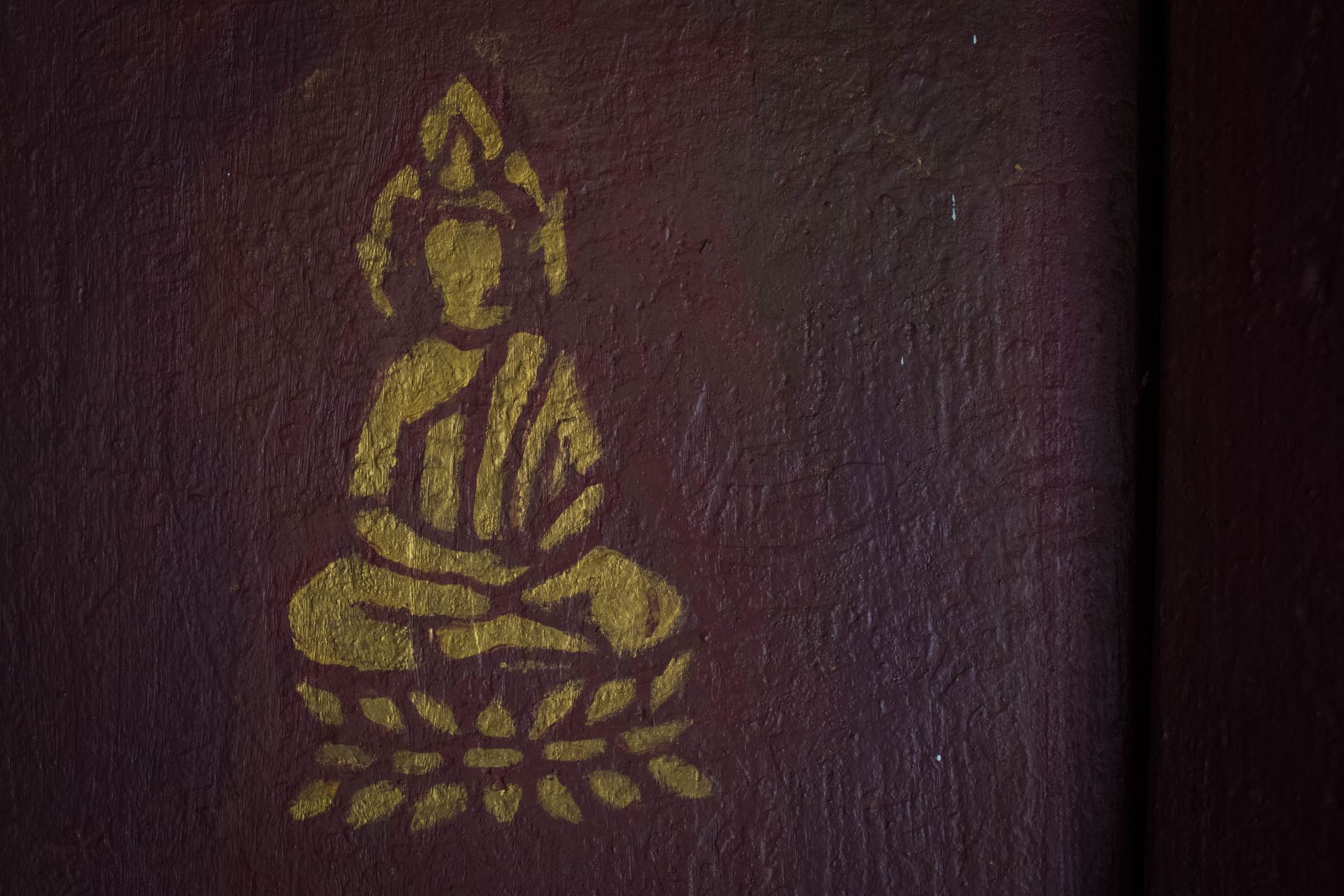
The Buddhist calendar is 543 years ahead of our Gregorian calendar. In April, the Laotians celebrate their New Year's festival - and we are in the midst of it. Not only Buddha statues are watered, but the Laotians also wash away the past year to start the coming one cleansed - with a huge three-day water battle. There are many religious and traditional customs surrounding the festival, such as parades or dance performances. We don't want to miss out on that and spend the entire celebrations in Luang Prabang, the former royal capital and spiritual center of the country.

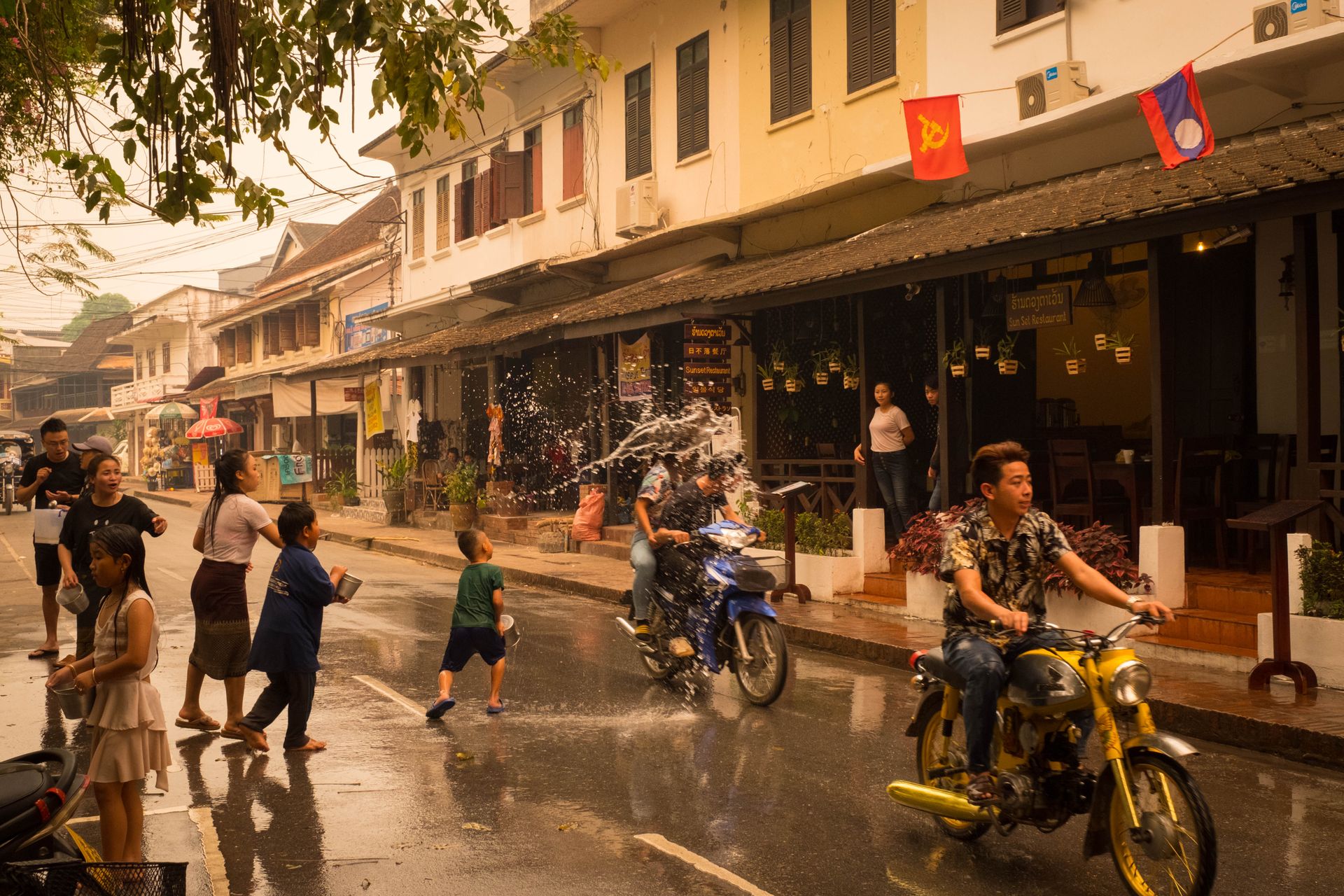
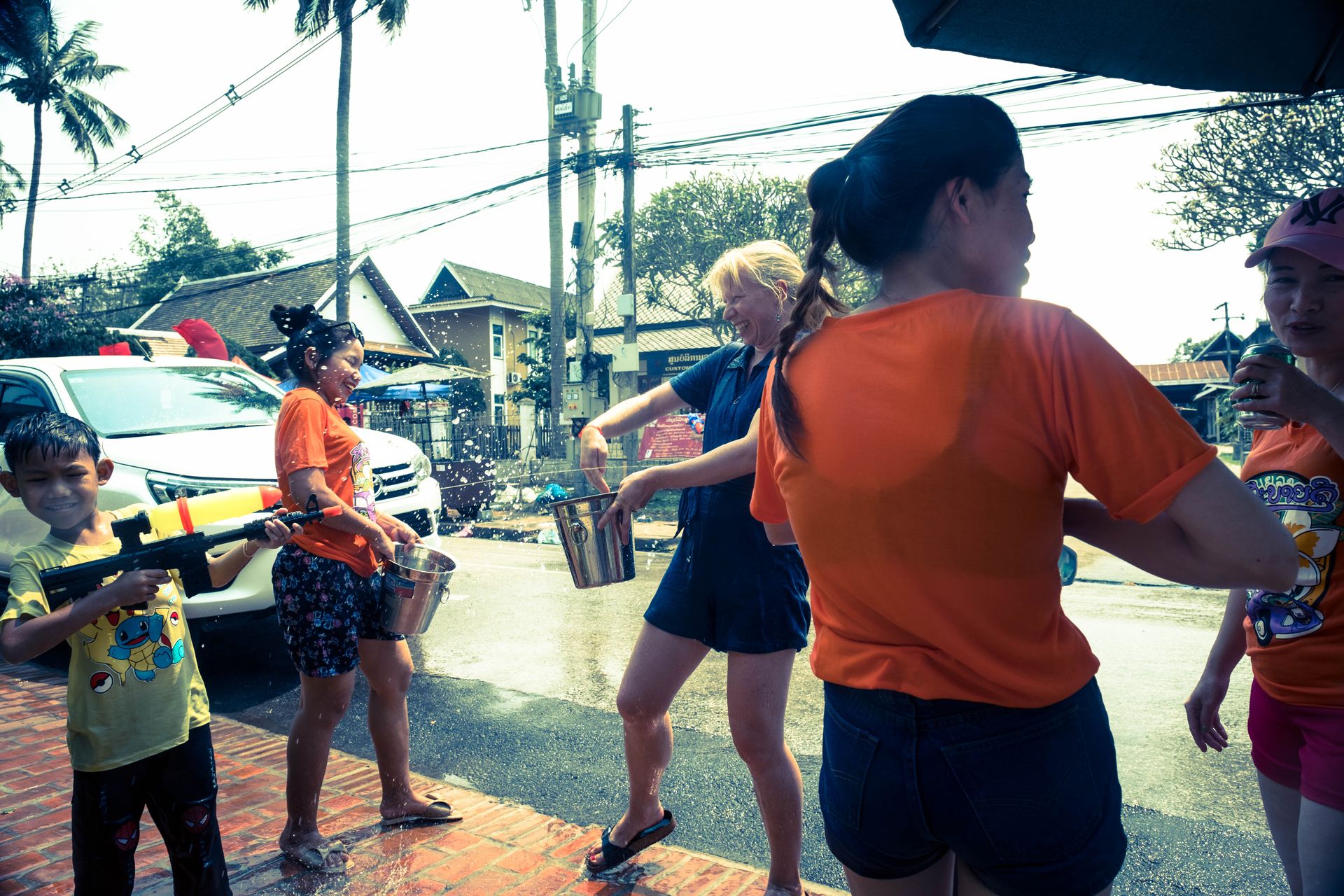
There are over 30 monasteries with around 1,500 monks and novices. Many of the novices are very open and interested in finding out who we are and want to practice their English with us. However, some are disappointed that Antonia is a girl because they are not allowed to touch her. Touching women is forbidden for exclusively male novices and monks. They live without possessions, eat food donations, and spend their days studying and meditating. The New Year's festival is also a special time for the novices: they receive visits from their home villages, there are unusually many sweets among the food donations, and some of them take photos of the celebrations with their mobile phones just as enthusiastically as we do - so it seems they are not all without possessions.
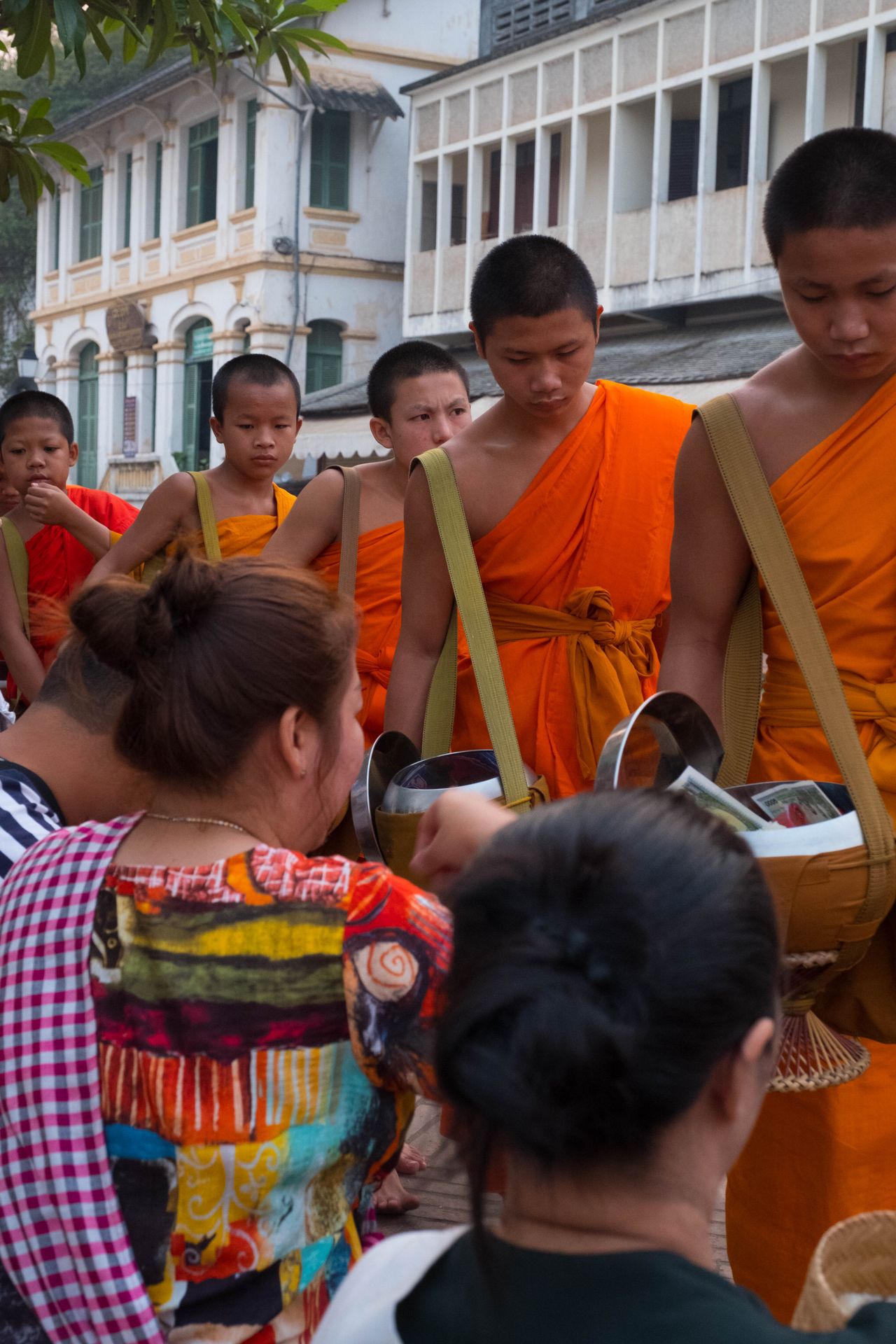
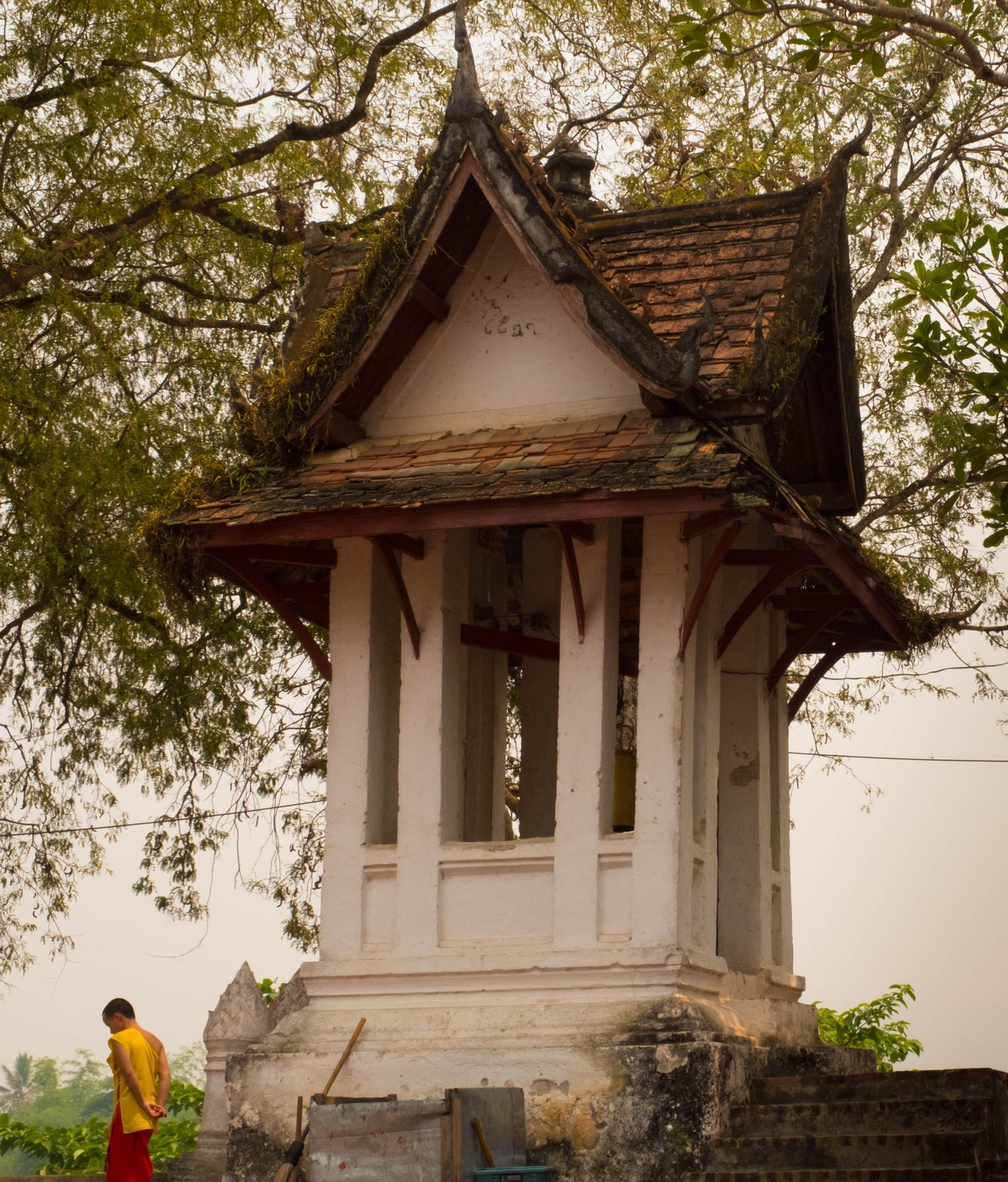


The magnificent monasteries, along with the French colonial buildings and the traditional Laotian-style houses, shape the old town. We are impressed by the old town because, during the off-season, there are still many quiet corners despite the festive atmosphere. The slow-flowing Mekong River contributes to this relaxed atmosphere. Unless a wedding is being celebrated on one of the small Mekong islands. In that case, jet ski races take place and the loud music echoes throughout the entire city. However, the inhabitants of Luang Prabang and other larger settlements are accustomed to this. Every morning and evening, rattling primitive loudspeakers spread the latest news, communist slogans, and folk music throughout the city center. It seems quite bizarre, but it also creates an atmosphere.

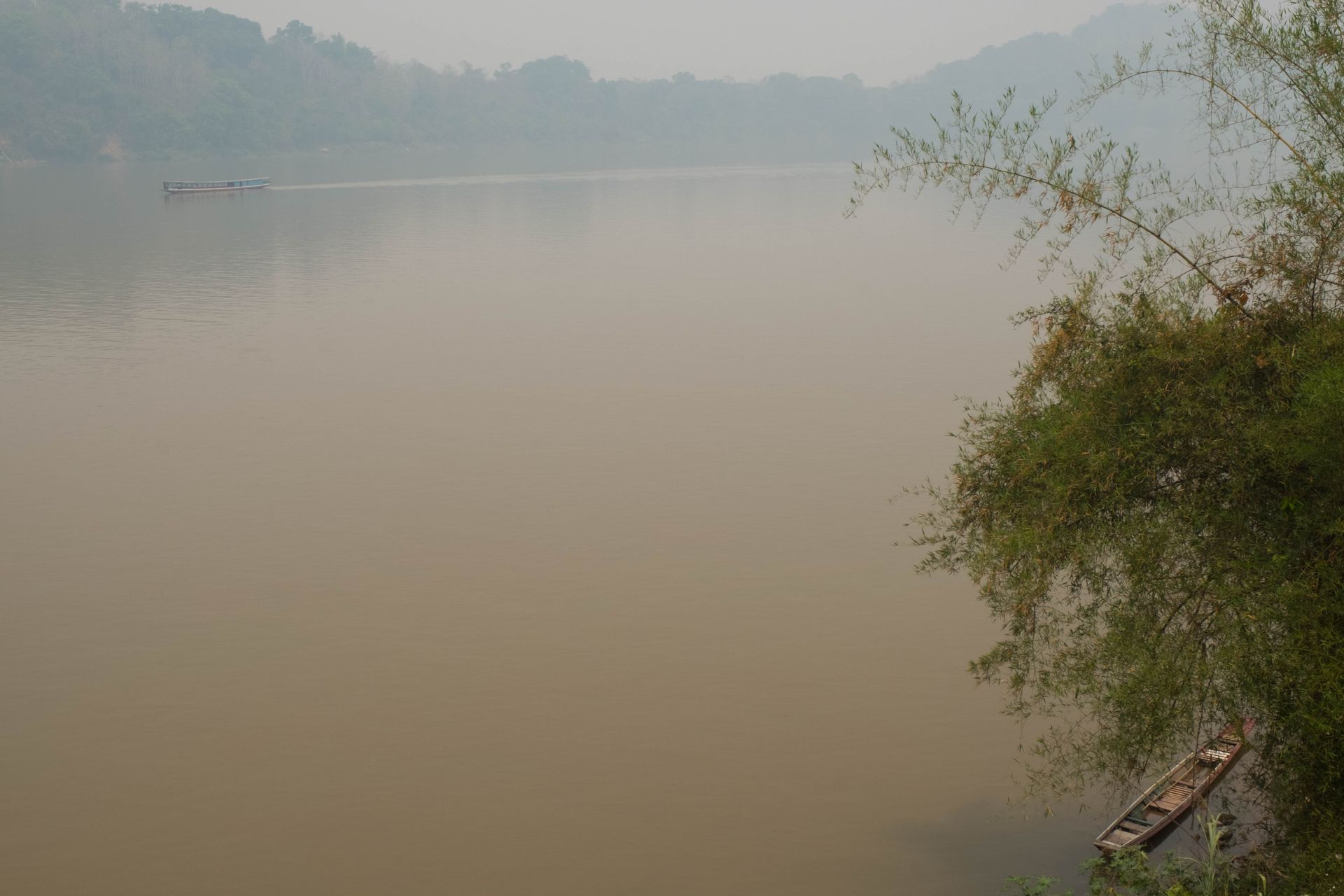
After the New Year's festival, our travel route takes us north to the Nam Ou River. We travel up the river in several stages by boat. In addition to traditional villages, we also encounter some oversized dams here. Built by Chinese companies with Chinese workers, mainly to export the resulting electricity to China. There is discontent among the population about the impending sell-out of the country to China and Vietnam. However, criticism is not accepted in a one-party communist system, and some dissenters have disappeared overnight.
Important arable land on the fertile riverbanks is threatened by dam projects, and the residents are being relocated to higher areas. There, they put additional pressure on the few arable land and are often forced to deforestation. Ironically, many of these villages were resettled to the riverbanks in the past 20 years in order to better control them and the forest.

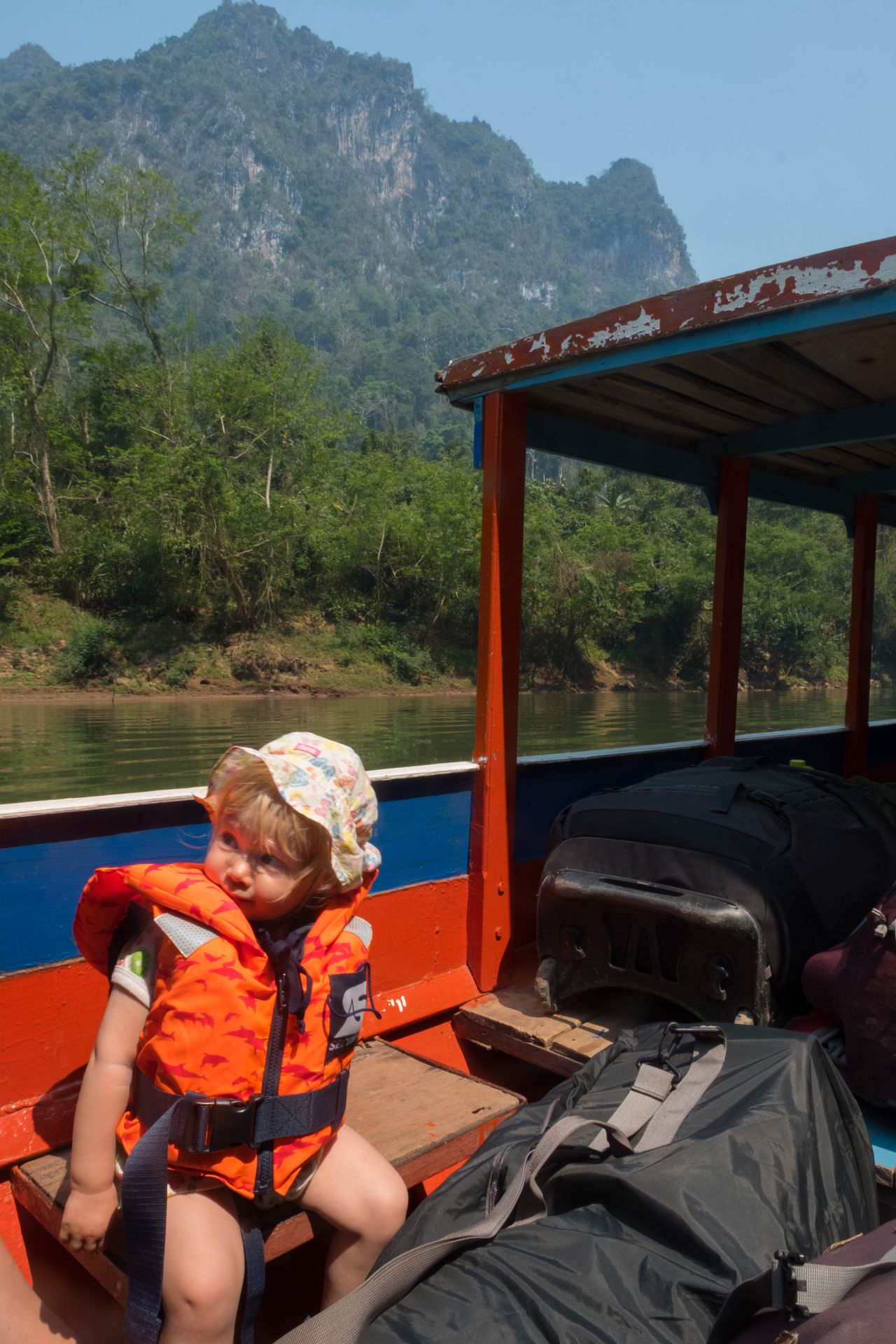
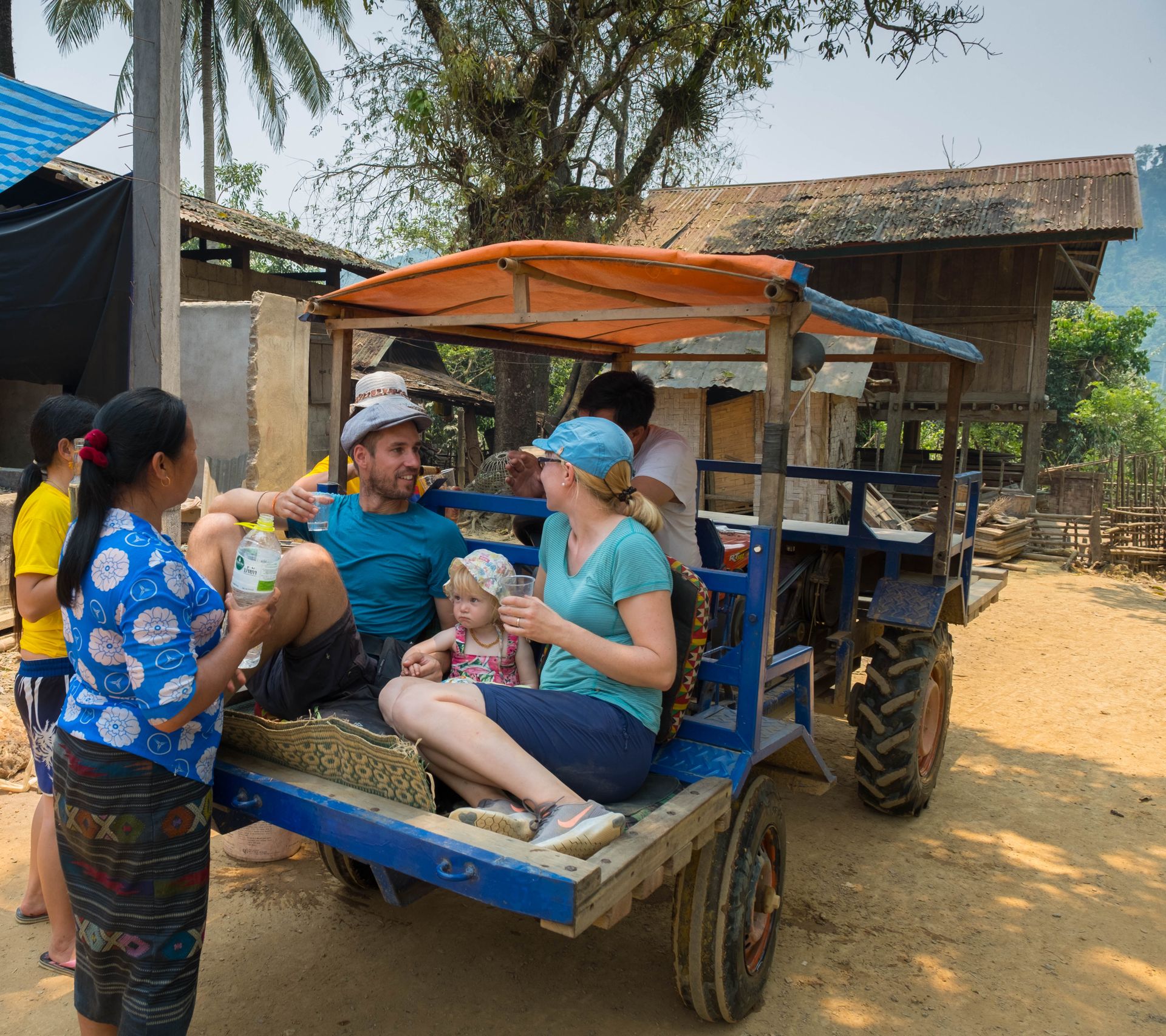

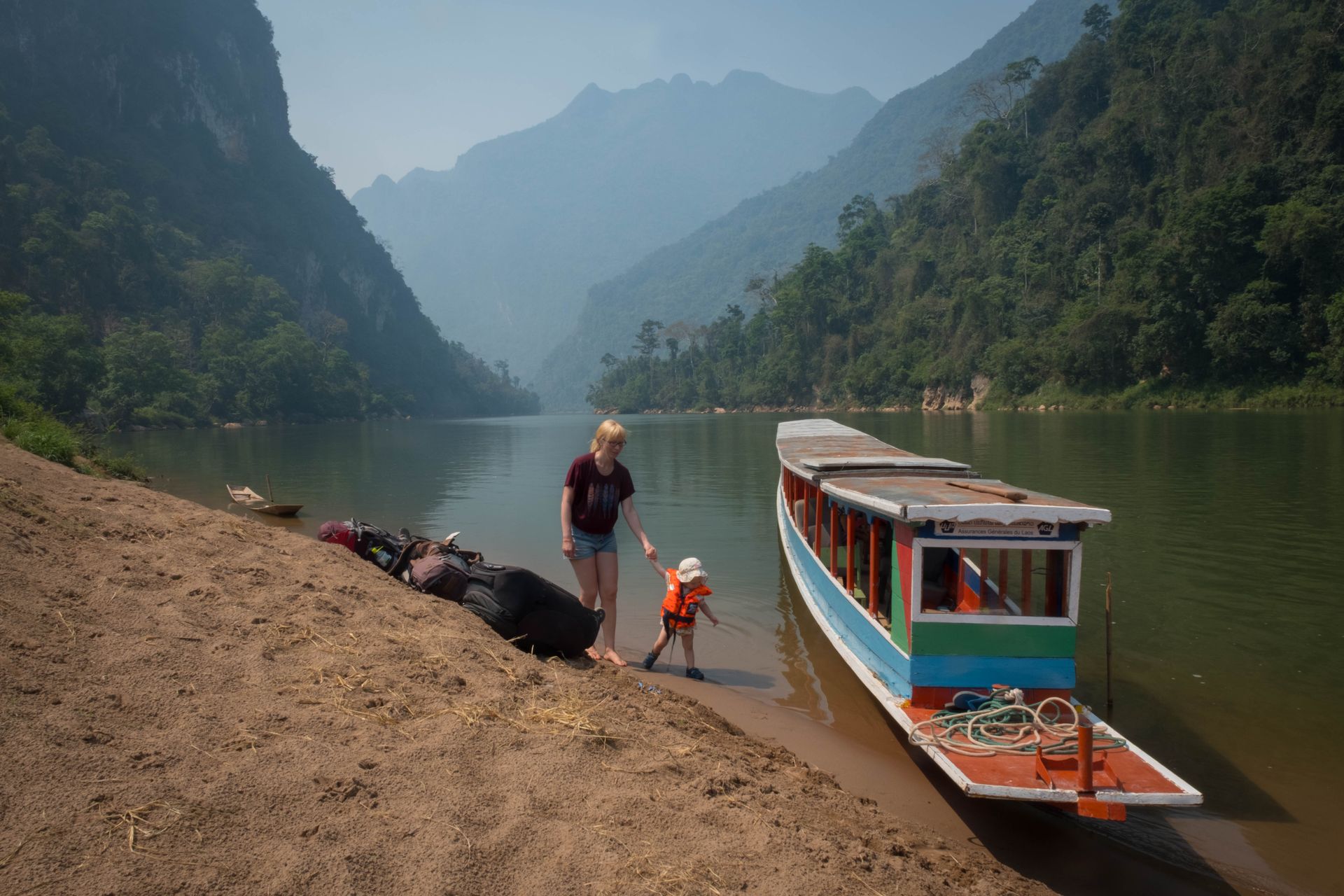
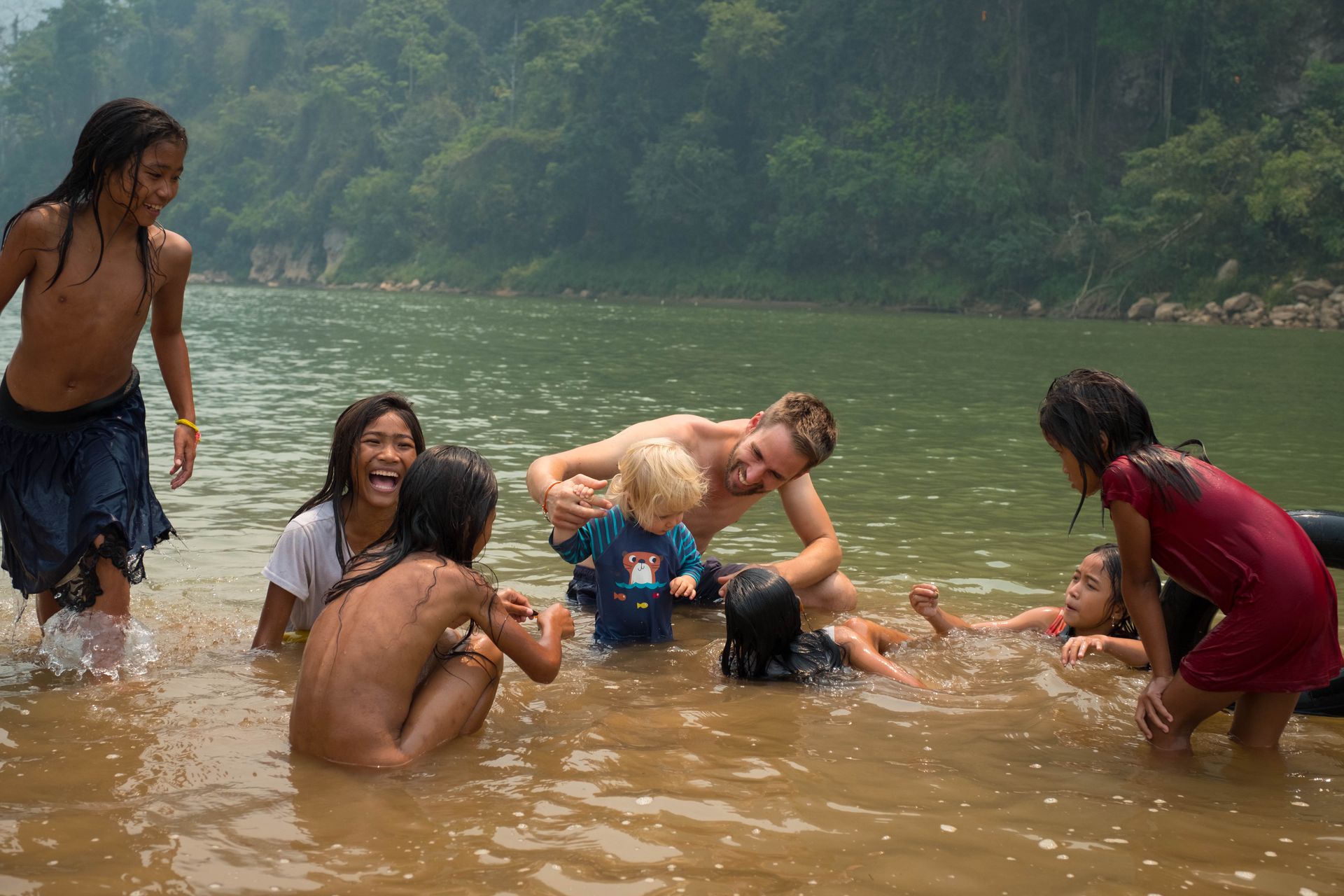
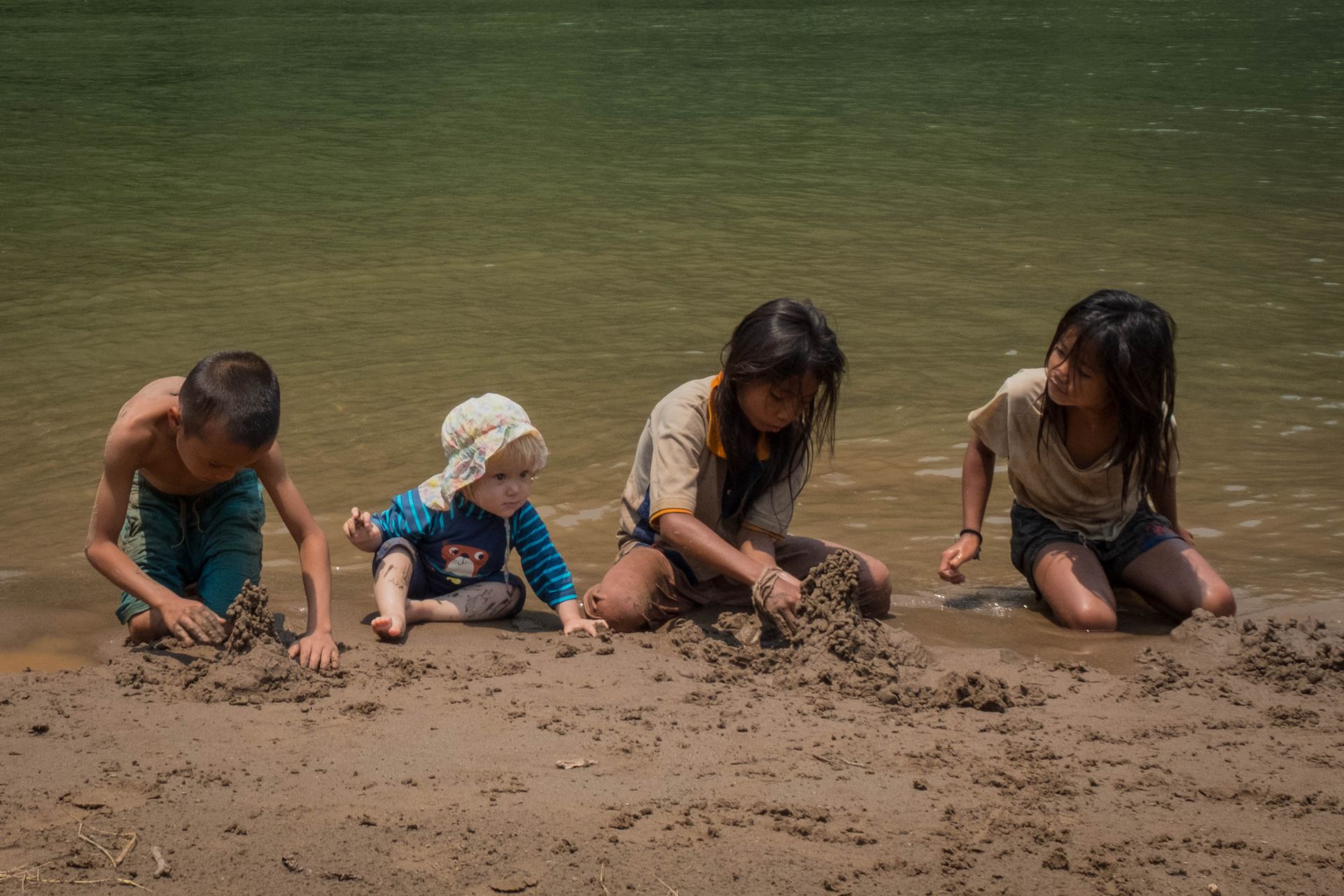 We are impressed by the openness of the children towards us strangers.
We are impressed by the openness of the children towards us strangers.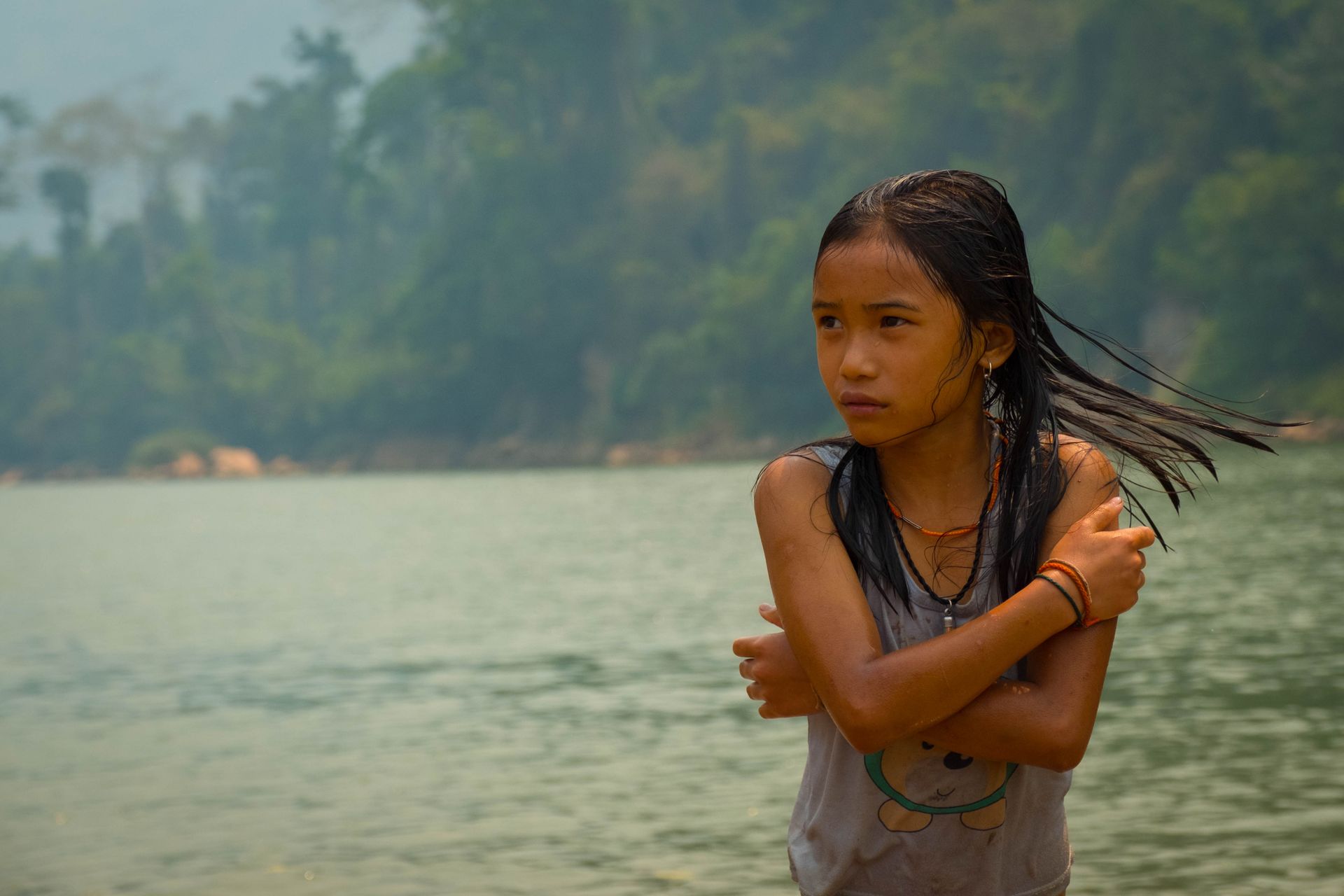
During the school holidays for the New Year's festival, the children spend the whole day by the water.
From the small village of Sapjam, our host Nyng goes hunting in the surrounding forests. He promises us a bird or a squirrel for tomorrow's lunch if he is successful. As soon as he sets off, a column of workers from the nearby dam construction site joins the peaceful restaurant. They have their day off tomorrow and start getting drunk with an announcement and without wasting any time. At some point, Nyng's wife Ka Mi finds it too chaotic and calls her husband to come back. At least we and some squirrels think that the Chinese laborers also have something good this evening.
Now, in the dry and hot season, the north is enveloped in a permanent haze. Dust and the smoke from slash-and-burn agriculture hang in the air. You can't smell it, but the visibility is limited to the next mountain range and the daylight is diffuse. Already at noon, the sun takes on a reddish hue, as if at sunset. We feel like we are under a bell jar. Far away from civilization, in the Nam Ou River valley, carved between high limestone mountains.
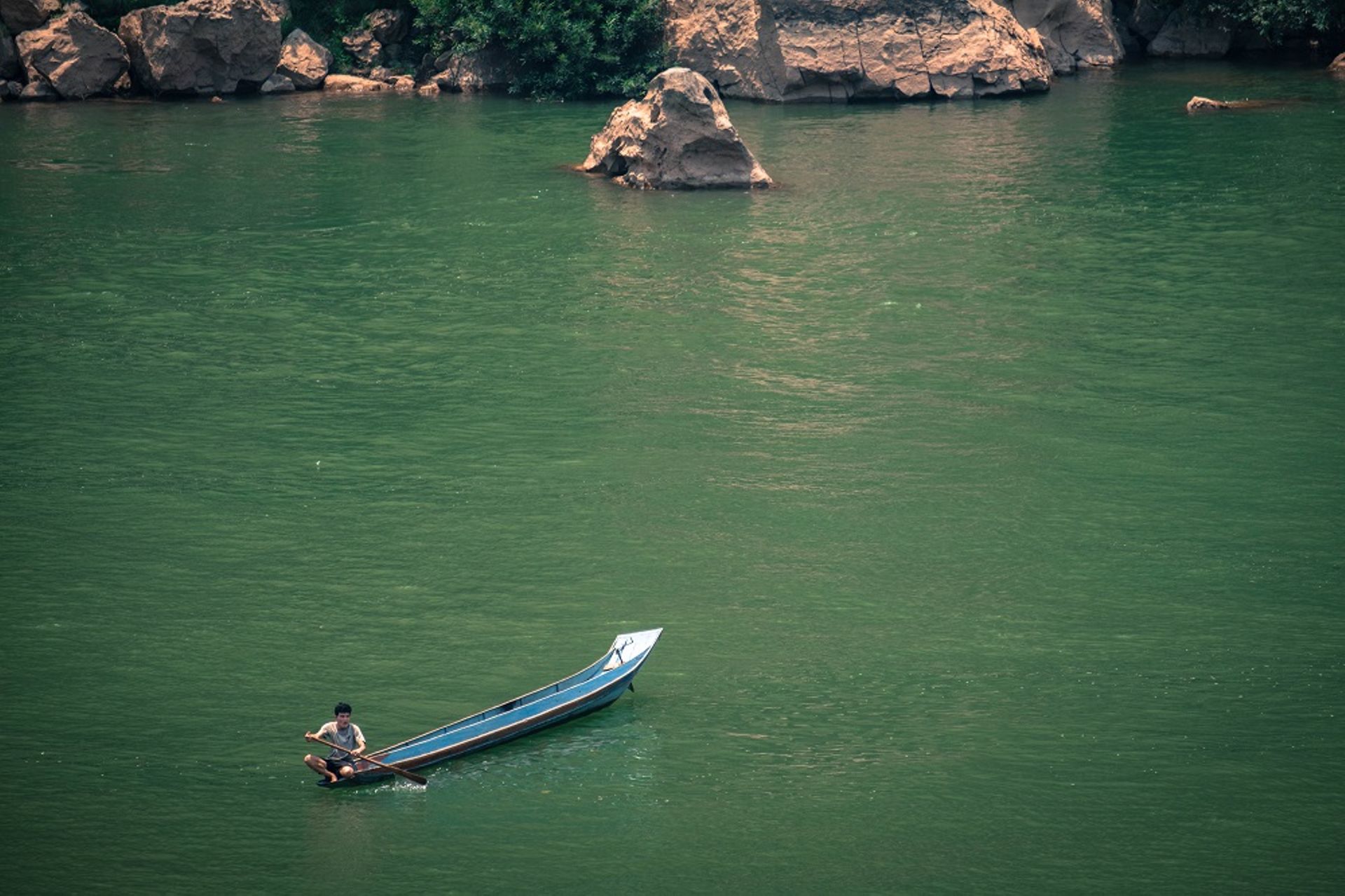


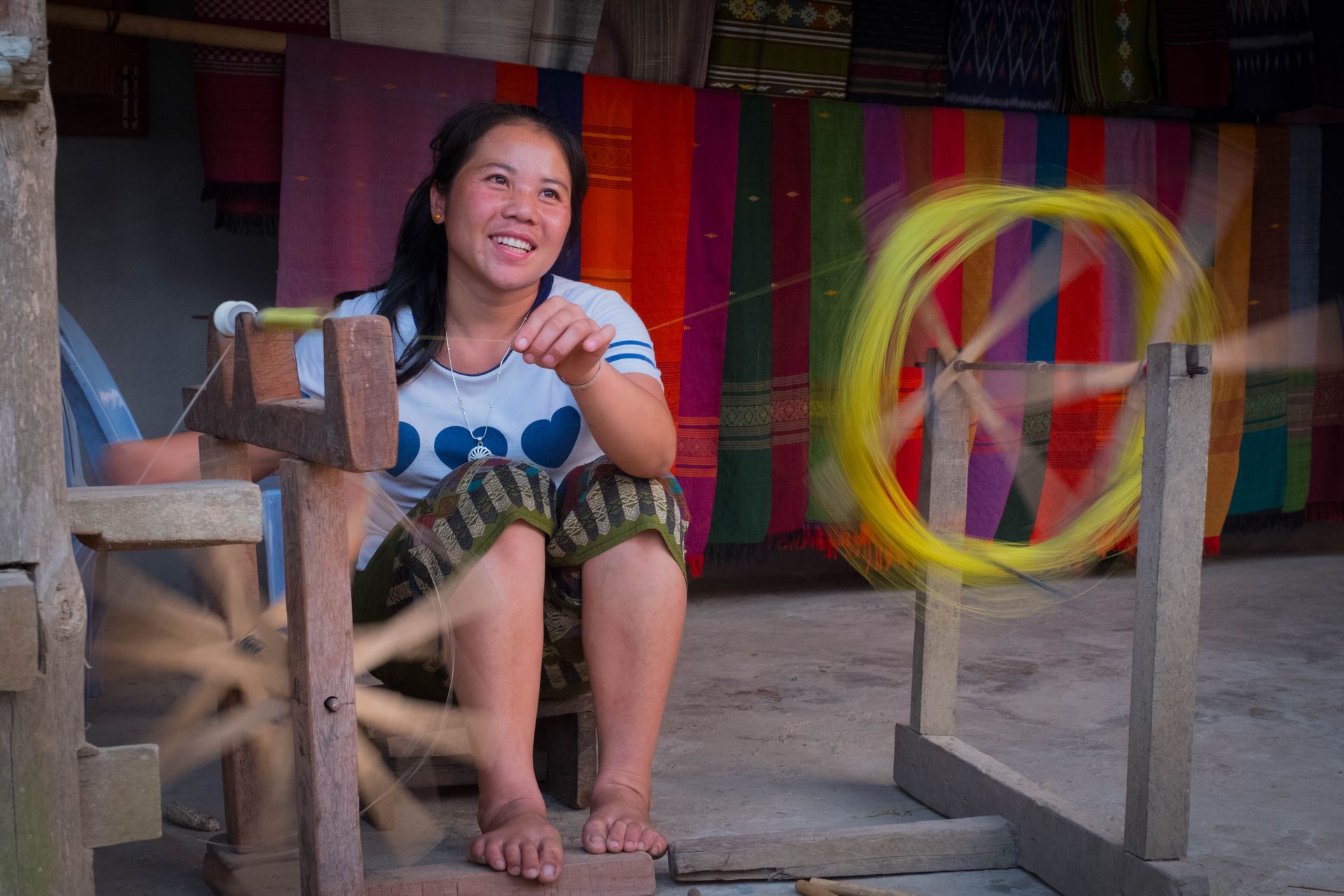
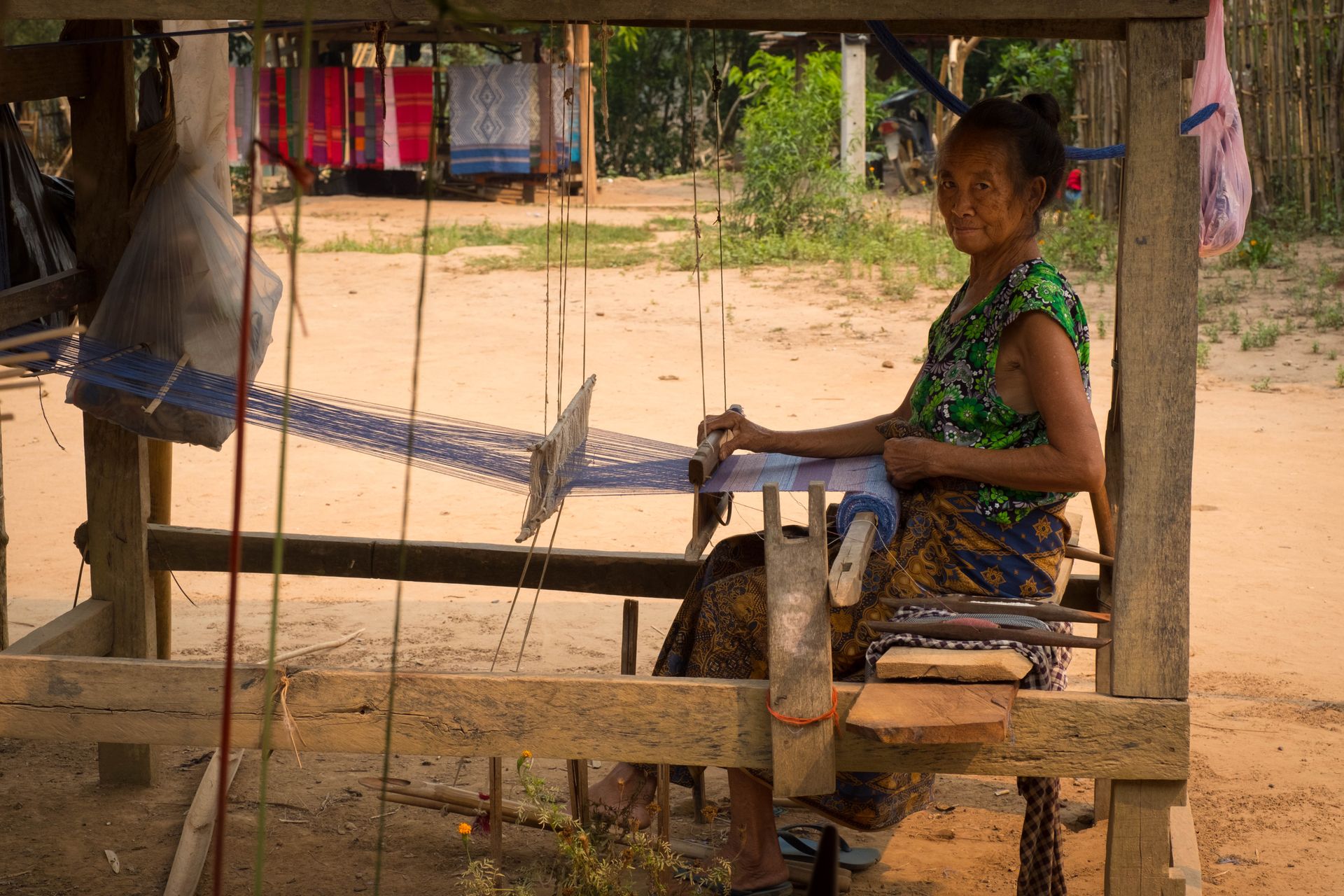
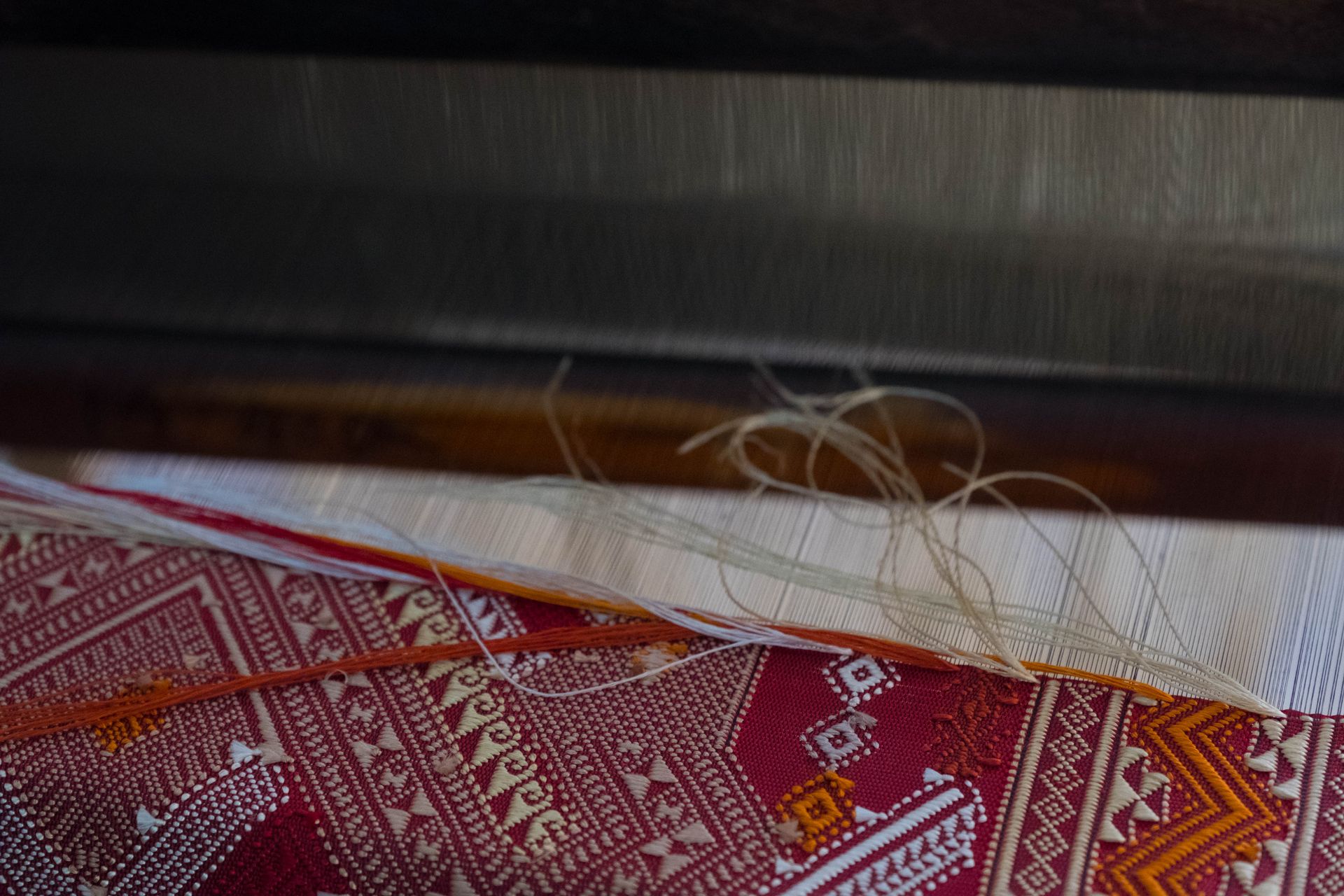
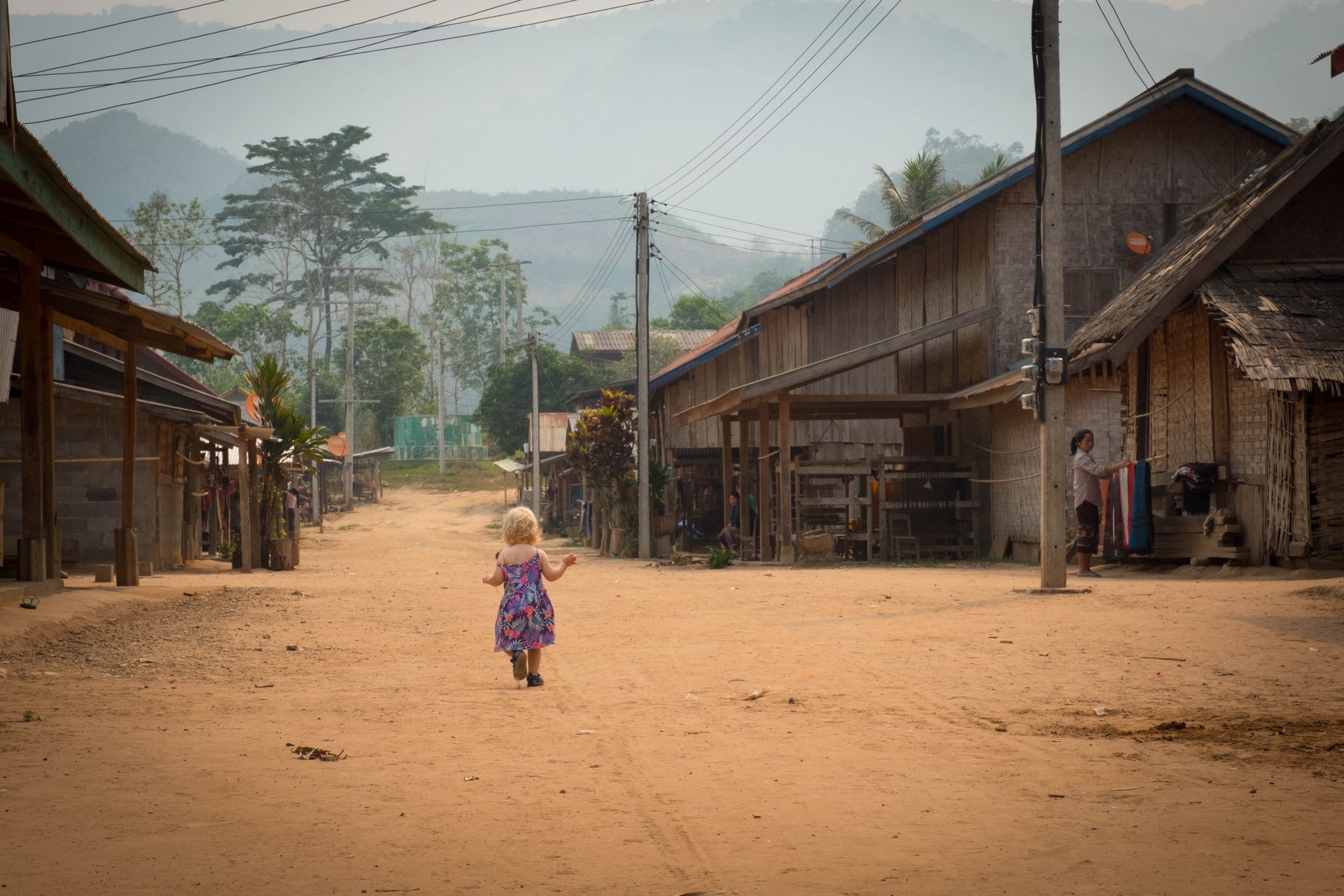
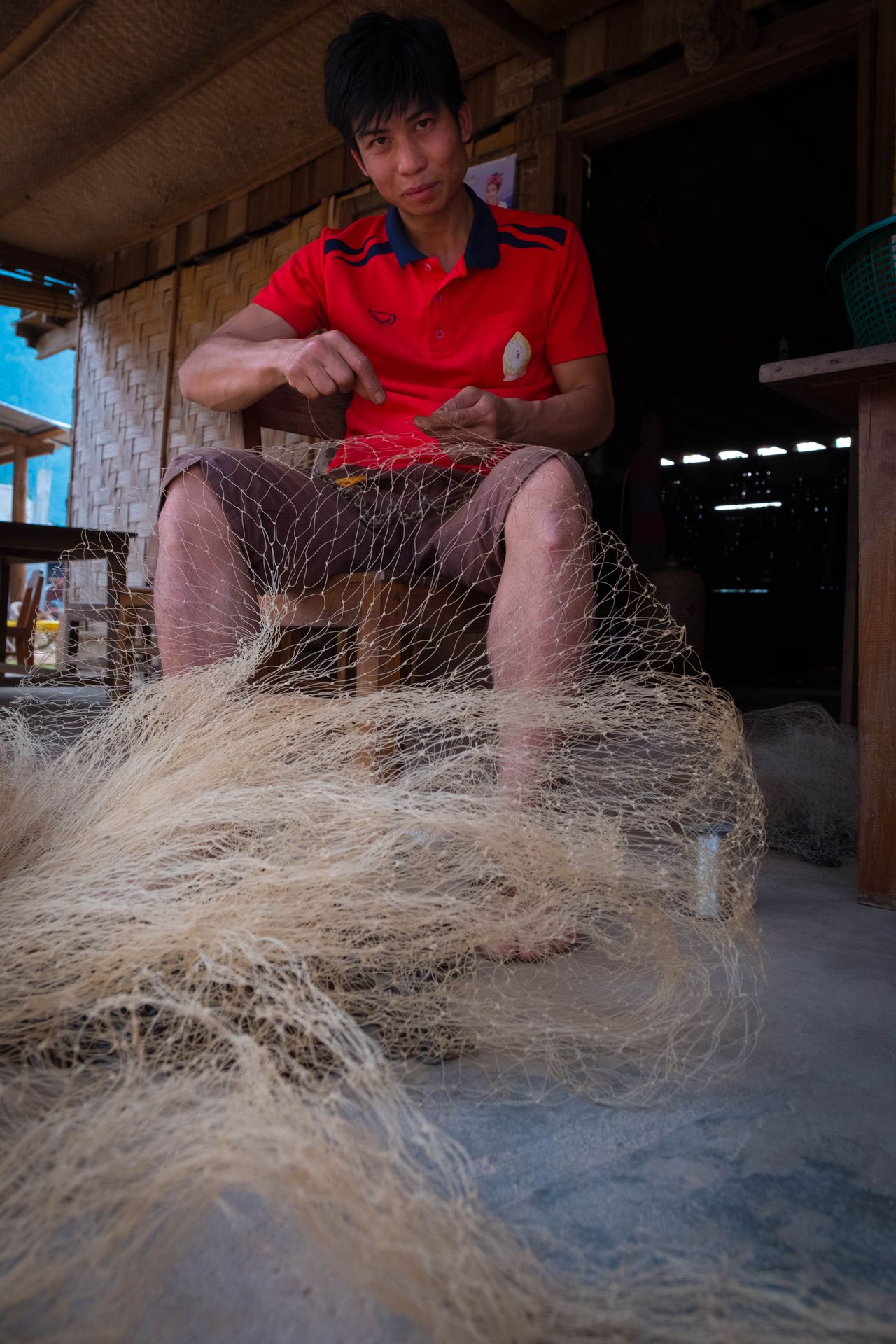

The weighted net is thrown into the water from the boat using a special casting technique.
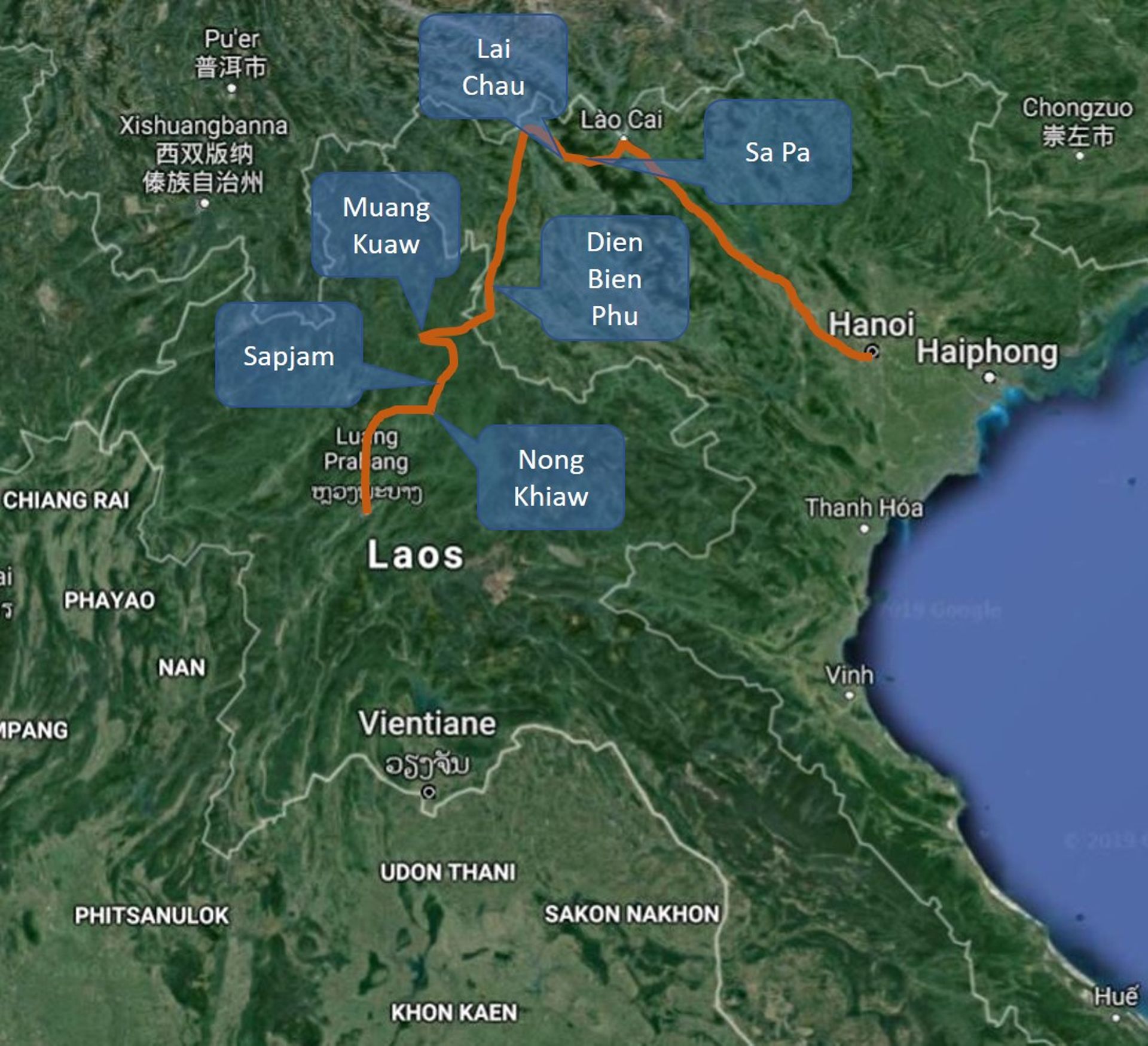
مشترک شدن در خبرنامه
پاسخ
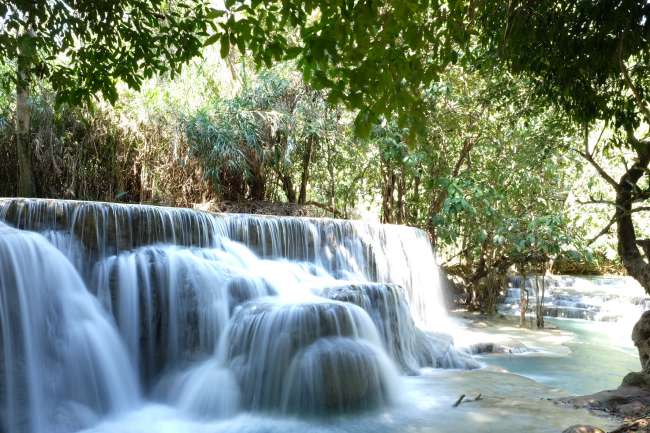
گزارش سفر لائوس
